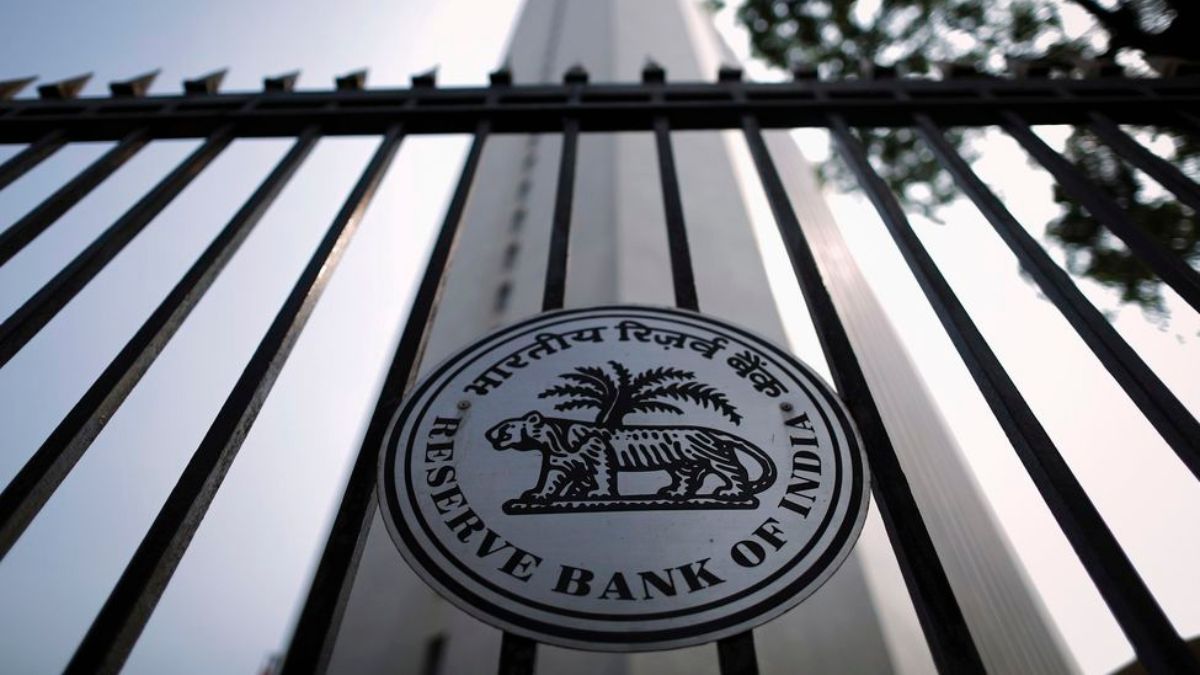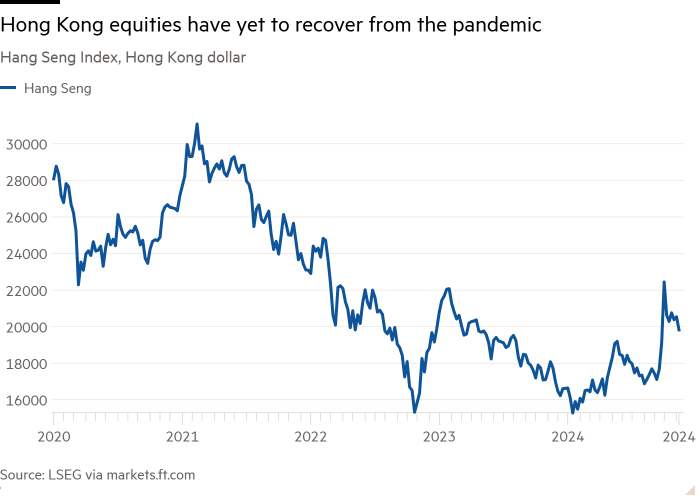This article, part of the free FT Schools programme, won the 2024 Young Economist of the Year competition run in partnership with Discover Economics. The authors attend The Tiffin Girls’ School.
The gig economy has only recently gained prominence, but it dates back to the 1910s in the creative industries. Musicians, hired for one-night performances in jazz bars, coined the term “gig”, “a labour market that relies heavily on temporary and part-time positions, filled by independent contractors and freelancers rather than full-time permanent employees”.
Although it accounts for just 1.4 per cent of total UK employment, it is expanding rapidly, raising questions about the explanations and the implications for the broader economy particularly within the creative sector.
The gig economy’s impressive growth is largely driven by the technology revolution, offering digital work access through platforms that promise flexible hours and meaningful projects. For many, it provides a secondary income and opportunities to specialise.
This flexibility should, in theory, benefit both workers and clients by aligning skills with specific needs, enhancing productivity and job satisfaction. But is this really the case?
The most apparent positive economic impact of the growing gig economy for firms is cost-cutting. Hiring gig workers reduces the need for permanent staff and office space, lowering labour and land costs, which, in turn, decreases both marginal and average costs.
This boosts profit margins, yielding supernormal profits, and allows company’s to reinvest to improve efficiency and encourage innovation, as seen in the film industry’s constant adoption of new technology.
However, despite their contributions, gig workers often do not receive higher salaries, prompting concerns about whether the gig economy truly benefits their economic wellbeing.
Newer companies also benefit from the gig economy’s low barriers to entry by having the ability to hire specialists, enhancing work quality and brand recognition. Outsourcing allows businesses to focus on core operations while accessing top talent, as seen with the Netflix show Stranger Things, which uses freelancers for roles such as sound mixer and costume designer, leveraging their unique skills without permanently hiring them.
While the growing gig economy has several positive impacts, its negative effects are substantial, particularly regarding workers’ rights. A 2024 report by the Low Pay Commission declared that only gig workers with employee status qualify for the minimum wage, while those classified as self-employed lack such protections.
Unfortunately, “self-employment models remain the norm and ‘employee’ status the rare exception”, and without the right to the national minimum wage or protection against unlawful wage deductions, the majority of gig workers are vulnerable to exploitation, with lower disposable income, diminished consumer confidence and reduced marginal propensity to consume affecting their quality of life.
The absence of paid parental or statutory sick leave often forces gig workers into excessive workloads, causing stress and undermining the promised flexibility of gig work. Another key issue with the gig economy’s growth is increased frictional unemployment. As the market saturates, workers spend more time unemployed between gigs, and this inefficiency wastes available factors of production.
Prolonged unemployment also weakens skills and reduces employability, which the remote nature of gig work exacerbates, as global competition forces domestic workers to accept lower wages.
The former Conservative government cut arts funding across the UK, reducing Arts Council Northern Ireland’s grant by 63 per cent from 2010-2020 and Arts Council England’s budget by nearly a third during 2010-2023.
The 2020 campaign with CyberFirst controversially urged creatives to retrain for cyber jobs, featuring pictures of creatives beneath the ominous text, “[they] just don’t know [they’ll be joining the cyber industry] yet”.
These funding cuts, “crass” advertising, and the Covid-19 pandemic have collectively stifled the UK’s creative sector, reducing project funding and streamlining content. This mirrors trends in the US, where Disney and others favour remakes to ensure profits.
With fewer long-term projects, and thus fewer stable jobs, UK creatives may increasingly turn to the gig economy, despite lacking the financial safety net that many gig workers might have from supplementary income. This could lower consumer confidence and reduce marginal propensity to consume, causing a decrease in aggregate demand and shifting real economic output inwards.
Ultimately, the rise of the gig economy has had a profound and multi-faceted economic impact, especially in the creative sector, which comprises 80 per cent of the gig economy. However, workers remain unprotected and isolated.
As the gig economy grows, we must ask how we move forward. Government intervention is essential to safeguard gig workers and ensure sustainable growth, and effective policies should define gig workers’ roles and grant them workers’ rights to prevent mistreatment by profit-driven companies.
The new Labour government’s plan to abolish “exploitative” zero-hour contracts could reshape the gig economy for the better, by establishing a new precedent that encourages employers to value gig workers for the flexible, talented assets they are.









































































































































































You must be logged in to post a comment Login